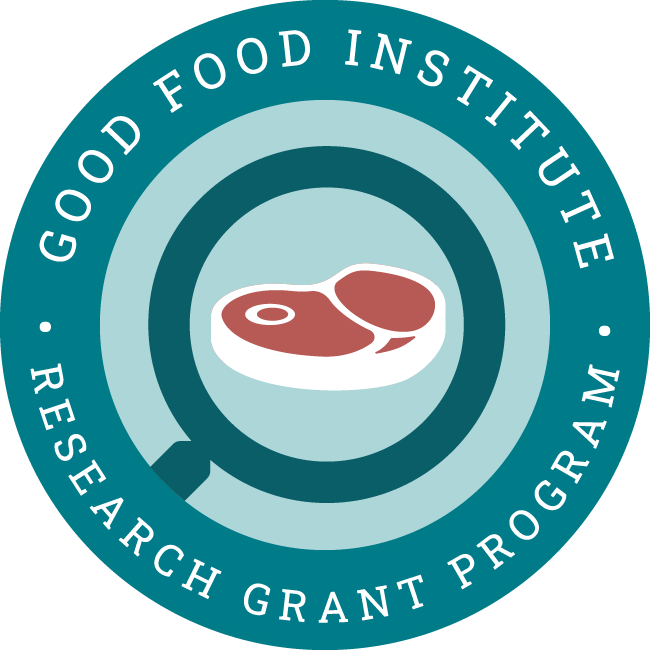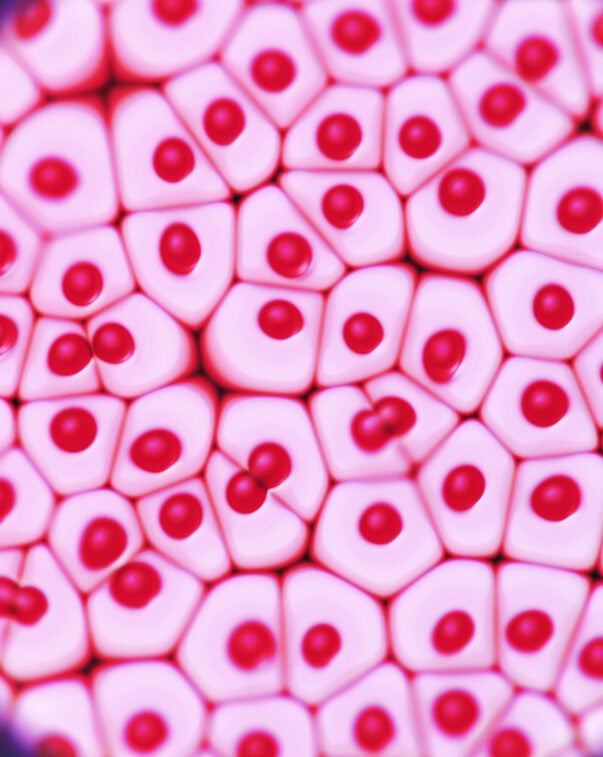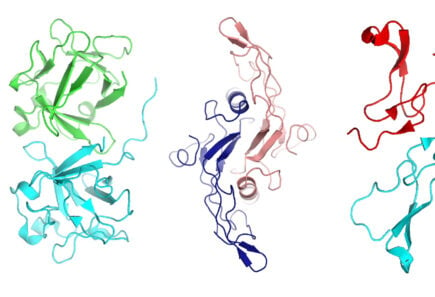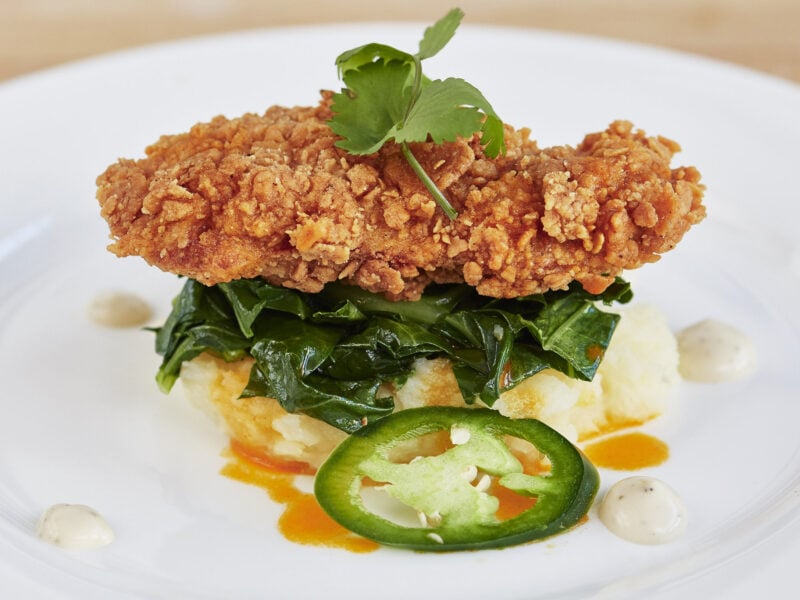Formulating media with macromolecular crowding
2020-2021
Drs. Che Connon and Ricardo Gouveia are exploring the potential of macromolecular crowding (MMC) to promote myoblast and fat cell proliferation and enhance the production yield and quality of cultivated meat.
PRODUCTION PLATFORM: Cultivated
TECHNOLOGY SECTOR: Cell culture media

Project aims
This project designs new high-throughput platforms to test the impact of different media formulations on muscle cell proliferation and differentiation. It also custom designs new serum-free, MMC-supplemented media formulations for improved muscle cell proliferation and tissue formation.
This work aims to increase the cell density and yield of cultivated meat production, as well as reduce media costs and the need for growth factors.
Principal researchers

Dr. Che Connon
Professor of Tissue Engineering, Newcastle University, UK
Dr. Connon works on culturing cells toward self-organizing 3-D functional systems and possesses a strong track record of academic publications and commercialization.

Dr. Ricardo Gouveia
Research Fellow, Newcastle University, UK
Dr. Gouveia has expertise in culturing cells and developing high-throughput bioprocess techniques. He is also a New Harvest Fellow.

Scale-up technologies for the manufacture of adherent cells
Check out this recent article from Dr. Connon on bioreactor scaling.
View related grant projects

Lowering the cost of growth factors
Learn about Dr. Peter Stogios’ research engineering improved and lower-cost growth factors for cultivated meat at University of Toronto.

Optimizing media for chicken cells
Learn about Dr. David Block’s work to perfect growth media for cultivated chicken at University of California, Davis.

Machine learning for fish growth media
Learn about Dr. Reza Ovissipour’s research using machine learning to optimize growth media for fish cells at Virginia Tech.
Explore research opportunities
-
Cultivated
High-performance oxygen carriers for cultivated meat
Mammalian cell culture performance can be limited by oxygen and carbon dioxide levels or by shear stress associated with sparging and mixing. The use of protein-based oxygen carriers could help…
-
Cultivated
-
Fermentation
-
Plant-Based
Optimizing fat profiles for nutritional and sensory properties
Because alternative meat’s fat content and fatty acid profile can be more easily controlled than conventional meat’s, there is an opportunity to alter fat content for nutritional benefits. Additional research…
-
Cultivated
Mapping animal cell metabolism to optimize media formulation
The cost and environmental impact of cultivated meat are driven by the cell culture media formulation and its conversion efficiency into meat. Metabolic modeling and engineering techniques can aid media…
Check out related resources

The science of cultivated meat
Learn about the science of cultivated meat and the challenges that must be addressed for commercial production.
